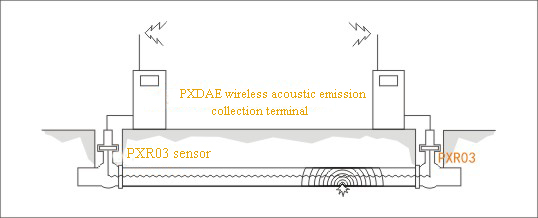Acoustic Emission testing
Location:
HOME英文solutionsAcoustic Emission testing
Leading of acoustic emission equipment providers
Leading of acoustic emission equipment providers
Update time:2014-02-03 09:11 Viewed:次

